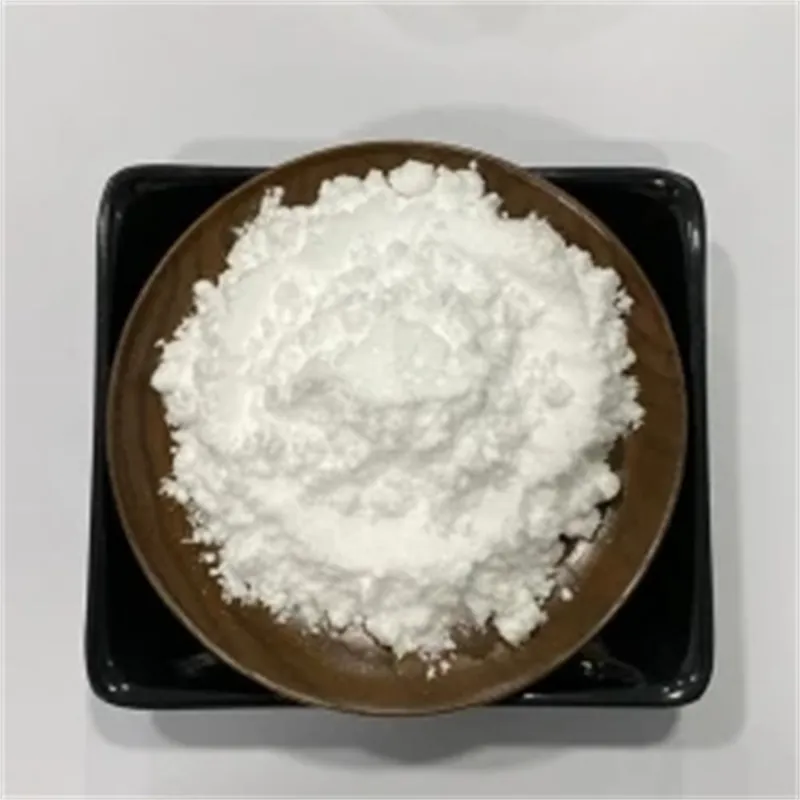 Email: sale@hebeidisha.com
Email: sale@hebeidisha.com
 Tel: +86 13315186550
Tel: +86 13315186550
- Afrikaans
- Albanian
- Amharic
- Arabic
- Armenian
- Azerbaijani
- Basque
- Belarusian
- Bengali
- Bosnian
- Bulgarian
- Catalan
- Cebuano
- China
- China (Taiwan)
- Corsican
- Croatian
- Czech
- Danish
- Dutch
- English
- Esperanto
- Estonian
- Finnish
- French
- Frisian
- Galician
- Georgian
- German
- Greek
- Gujarati
- Haitian Creole
- hausa
- hawaiian
- Hebrew
- Hindi
- Miao
- Hungarian
- Icelandic
- igbo
- Indonesian
- irish
- Italian
- Japanese
- Javanese
- Kannada
- kazakh
- Khmer
- Rwandese
- Korean
- Kurdish
- Kyrgyz
- Lao
- Latin
- Latvian
- Lithuanian
- Luxembourgish
- Macedonian
- Malgashi
- Malay
- Malayalam
- Maltese
- Maori
- Marathi
- Mongolian
- Myanmar
- Nepali
- Norwegian
- Norwegian
- Occitan
- Pashto
- Persian
- Polish
- Portuguese
- Punjabi
- Romanian
- Russian
- Samoan
- Scottish Gaelic
- Serbian
- Sesotho
- Shona
- Sindhi
- Sinhala
- Slovak
- Slovenian
- Somali
- Spanish
- Sundanese
- Swahili
- Swedish
- Tagalog
- Tajik
- Tamil
- Tatar
- Telugu
- Thai
- Turkish
- Turkmen
- Ukrainian
- Urdu
- Uighur
- Uzbek
- Vietnamese
- Welsh
- Bantu
- Yiddish
- Yoruba
- Zulu
ສ.ຫ. . 22, 2024 04:24 Back to list
Exploring the Benefits and Uses of Erythritol and Aspartame in Food Industry
Erythritol vs Aspartame A Sweet Debate
In the realm of artificial sweeteners and sugar substitutes, erythritol and aspartame have garnered considerable attention. Both are used widely in food and beverage products, primarily for their ability to provide sweetness without the calories associated with sugar. However, the two substances differ significantly in their origins, health impacts, and consumer perceptions.
Erythritol A Natural Sugar Alcohol
Erythritol is a sugar alcohol found naturally in some fruits, such as pears and grapes, as well as fermented foods. It is processed from glucose through fermentation, resulting in a sweetener that is about 60-70% as sweet as sucrose (table sugar) but with nearly zero calories—approximately 0.24 calories per gram. Its unique chemical structure allows erythritol to provide sweetness without raising blood sugar levels, making it an appealing option for diabetics and individuals aiming for weight management.
One of the key advantages of erythritol is its low glycemic index and minimal impact on insulin response. Additionally, it is well-tolerated by most people and does not typically cause the gastrointestinal discomfort that can accompany other sugar alcohols in larger amounts. This makes erythritol a favored ingredient in many sugar-free or low-carb products, including candies, baked goods, and beverages.
Aspartame The Controversial Artificial Sweetener
Aspartame, on the other hand, is a synthetic sweetener that is approximately 200 times sweeter than sugar. It is often found in diet sodas, sugar-free desserts, and other low-calorie products. Composed of two amino acids, phenylalanine and aspartic acid, aspartame breaks down in the body to produce these amino acids, along with methanol, which is found in various fruits and vegetables.
erythritol aspartame

While aspartame has been approved for use by numerous health organizations, including the U.S. Food and Drug Administration (FDA) and the European Food Safety Authority (EFSA), it has been the subject of controversy. Some studies and anecdotal reports have linked aspartame to a range of health issues, including headaches, allergic reactions, and even more severe conditions. However, extensive research has consistently found that aspartame is safe for consumption within established daily intake limits, with the FDA setting this limit at 50 mg/kg of body weight.
Consumer Preferences and Health Considerations
The choice between erythritol and aspartame often comes down to individual preferences and dietary needs. For those seeking a more natural option, erythritol is an attractive choice due to its organic origins and lower health risks. It aligns well with clean eating and health-conscious diets, appealing to consumers who scrutinize ingredient lists and seek to avoid synthetic additives.
Aspartame's super-sweet potency makes it a popular choice in many commercial products, especially those targeting consumers looking to reduce calorie intake dramatically. However, the controversies surrounding its safety have led some consumers to avoid aspartame altogether, favoring more natural alternatives like erythritol or stevia.
Conclusion Sweetening the Health Debate
The debate between erythritol and aspartame underscores a larger conversation about health, nutrition, and consumer choice. As awareness of dietary ingredients increases, individuals are becoming more discerning about what they consume. While erythritol offers a natural, nearly calorie-free option, aspartame provides intense sweetness with minimal caloric impact. Ultimately, understanding these two sweeteners can empower consumers to make informed decisions aligned with their health goals and personal values. As research continues to evolve, the sweetener landscape will undoubtedly adapt to meet the needs of health-conscious consumers around the world.
Latest news
-
Certifications for Vegetarian and Xanthan Gum Vegetarian
NewsJun.17,2025
-
Sustainability Trends Reshaping the SLES N70 Market
NewsJun.17,2025
-
Propylene Glycol Use in Vaccines: Balancing Function and Perception
NewsJun.17,2025
-
Petroleum Jelly in Skincare: Balancing Benefits and Backlash
NewsJun.17,2025
-
Energy Price Volatility and Ripple Effect on Caprolactam Markets
NewsJun.17,2025
-
Spectroscopic Techniques for Adipic Acid Molecular Weight
NewsJun.17,2025